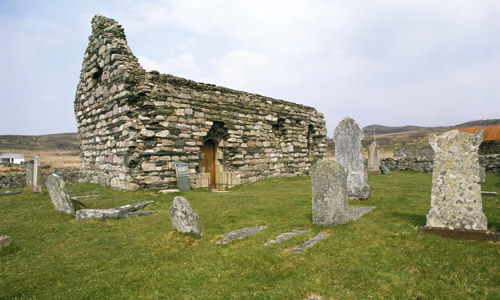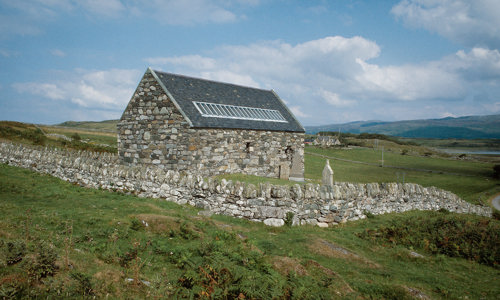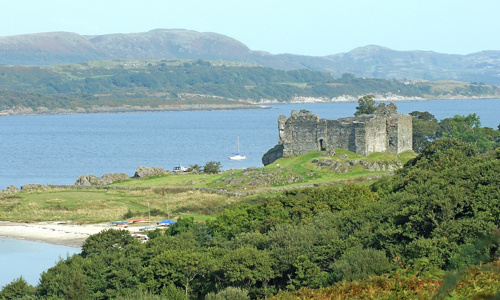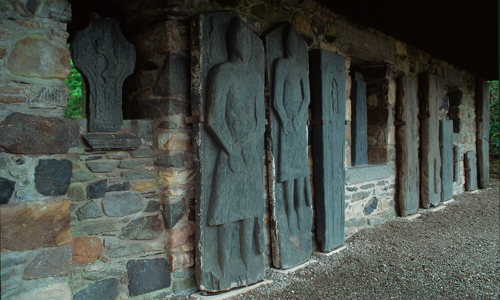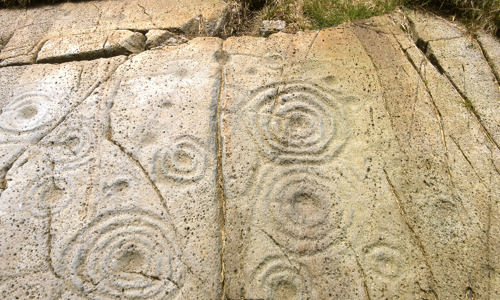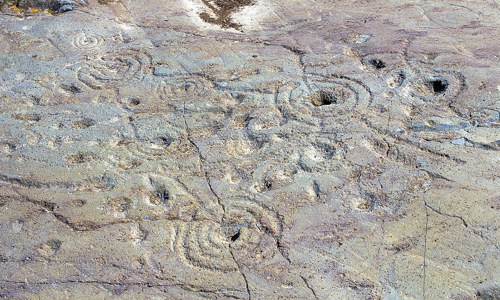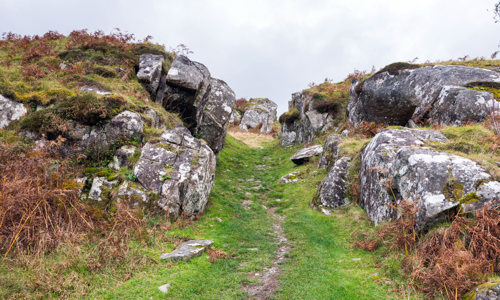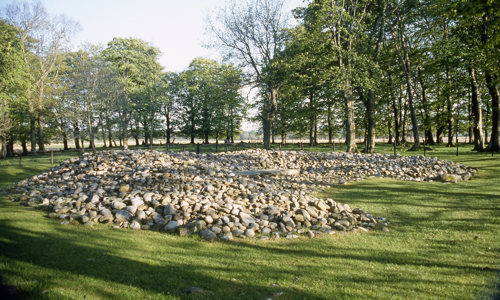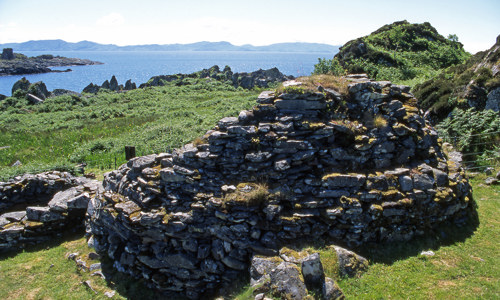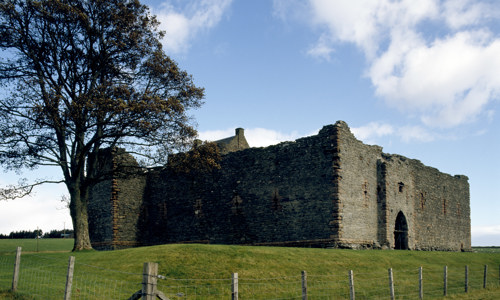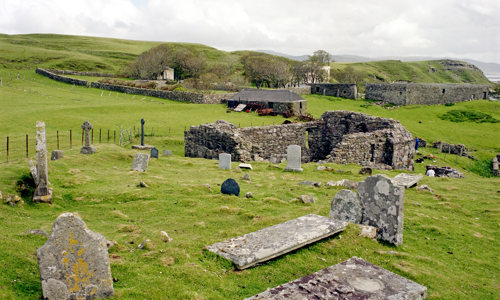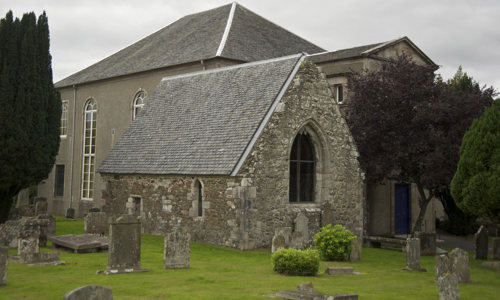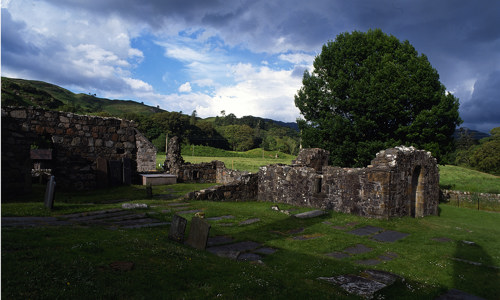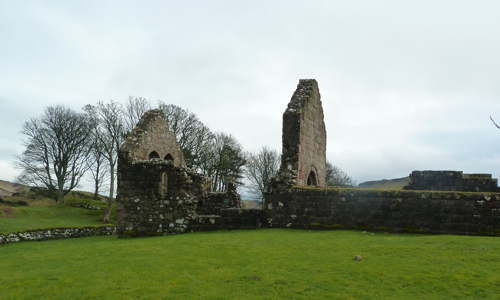History
Three sites on Eilean Mor are in our care, though much of the island is a Scheduled Ancient Monument.
St Cormac’s Cave
According to tradition, St Cormac used his eponymous cave, at the south end of the island, as a hermitage, or retreat. It does seem to have been used in the early Christian period, as evidenced by two crosses incised on the rock inside. Near the cave is a ruined structure, probably a chapel or shrine designed to control access to the cave by pilgrims.
St Cormac’s Chapel
St Cormac’s Chapel is situated in the middle of the island, and dates to the 1200s. It was originally a simple, rectangular church, though repairs and alterations were carried out by John MacDonald, 1st Lord of the Isles, in the 1300s. These included the insertion of a barrel vault over the surviving chancel. Other than Iona Abbey and Nunnery, it is the only church in Argyll to retain its medieval vaulting. A fine late medieval effigy can also be seen here.
St Cormac’s Cross
The cross stands next to the chapel in the middle of the island, and is believed to date to the 900s AD. Only the shaft and the lower part of the ringed cross-head survive – and much of the decoration on the west face is damaged. The east face’s decorations survive, however, and they depict:
- monsters wrestling and gripping snakes
- a hooded rider on an oversized horse
A cross on the island’s highest point is a replica of a cross originally erected there in the late 1300s by Mariota de Ros, wife of Donald MacDonald, 2nd Lord of the Isles. The original is in the National Museum of Scotland in Edinburgh.


